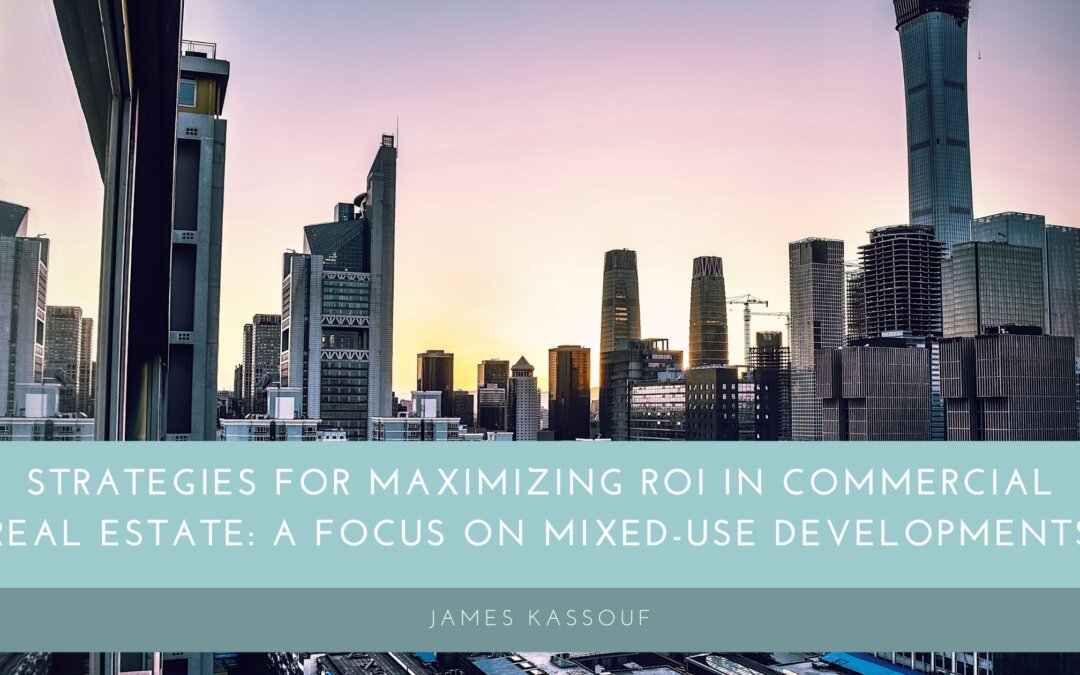In the ever-evolving commercial real estate landscape, investors and developers consistently seek strategies to maximize their Return on Investment (ROI). Amidst the myriad of approaches, one particular trend has emerged at the forefront: mixed-use developments. These projects, which combine residential, commercial, cultural, and even industrial functionalities, offer a dynamic blend of opportunities and risks. By understanding their unique attributes and crafting tailored strategies, investors can tap into the vast potential of mixed-use spaces.
Historically, commercial real estate primarily segmented properties by their specific uses: retail spaces, office buildings, residential complexes, and industrial units. However, as urban centers grew denser and people sought convenience, the appeal of mixed-use developments began to rise. These projects reflect the essence of urban living, where work, leisure, and residence intertwine seamlessly. Mixed-use properties have become even more significant, especially in a post-pandemic world, where flexibility and community engagement are paramount.
Comprehensive Market Research & Location Analysis
One cannot underscore enough the importance of location in real estate. For mixed-use developments, this takes on a multi-dimensional aspect. Investors should delve into comprehensive market research, understanding the demographics, local economy, cultural inclinations, and future urban planning initiatives of the potential location. A thriving mixed-use space might require proximity to transport hubs, educational institutions, or other amenities. By identifying an area where there’s a genuine demand for mixed functionalities (e.g., a business district requiring residential spaces), investors can ensure the viability of their projects.
Synergy in Design & Functionalities
The success of a mixed-use development lies in its ability to create a symbiotic relationship between its various components. It’s not merely about placing residential and commercial spaces together but ensuring they complement each other. For instance, if the retail component includes restaurants and boutiques, the residential section should cater to demographics patronizing such establishments. Moreover, architectural designs should promote seamless movement and interactions, fostering a sense of community. Shared amenities, aesthetic consistency, and innovative space utilization techniques can elevate the appeal of the entire development.
Flexibility & Adaptive Reuse Potential
The dynamism of urban needs necessitates flexibility in mixed-use developments. Successful investors often design these spaces with adaptive reuse in mind. If a particular functionality isn’t yielding the expected ROI, the ability to repurpose it can be invaluable. For example, retail spaces facing prolonged vacancies can transform into co-working areas, community centers, or boutique fitness centers. Investors can pivot based on market demands by ensuring infrastructural flexibility during the initial development phase, ensuring consistent returns.
Mixed-use developments encapsulate the future of urban living. By focusing on comprehensive research, synergistic designs, and adaptive functionalities, investors can navigate the complexities of these projects. Regarding ROI and community impact, the potential rewards position mixed-use developments as a promising frontier in commercial real estate.

